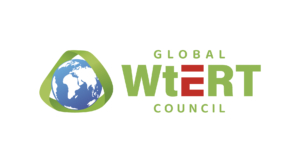The State of Garbage in America
The 17th Nationwide Survey of MSW Management in the U.S.
A joint study by BioCycle Magazine and the Earth Engineering Center of Columbia University
Latest national data on municipal solid waste management find estimated generation is 389.5 million tons in 2008 — 69 percent landfilled, 24 percent recycled and composted, and 7 percent combusted via waste-to-energy.
Read Full Article